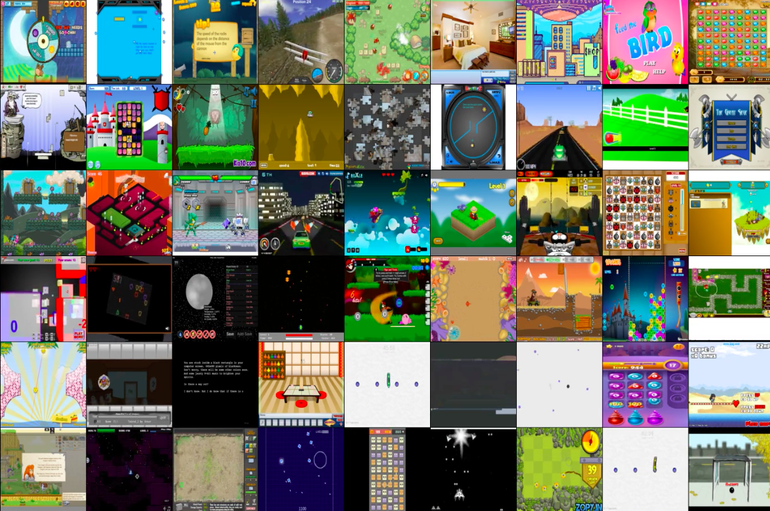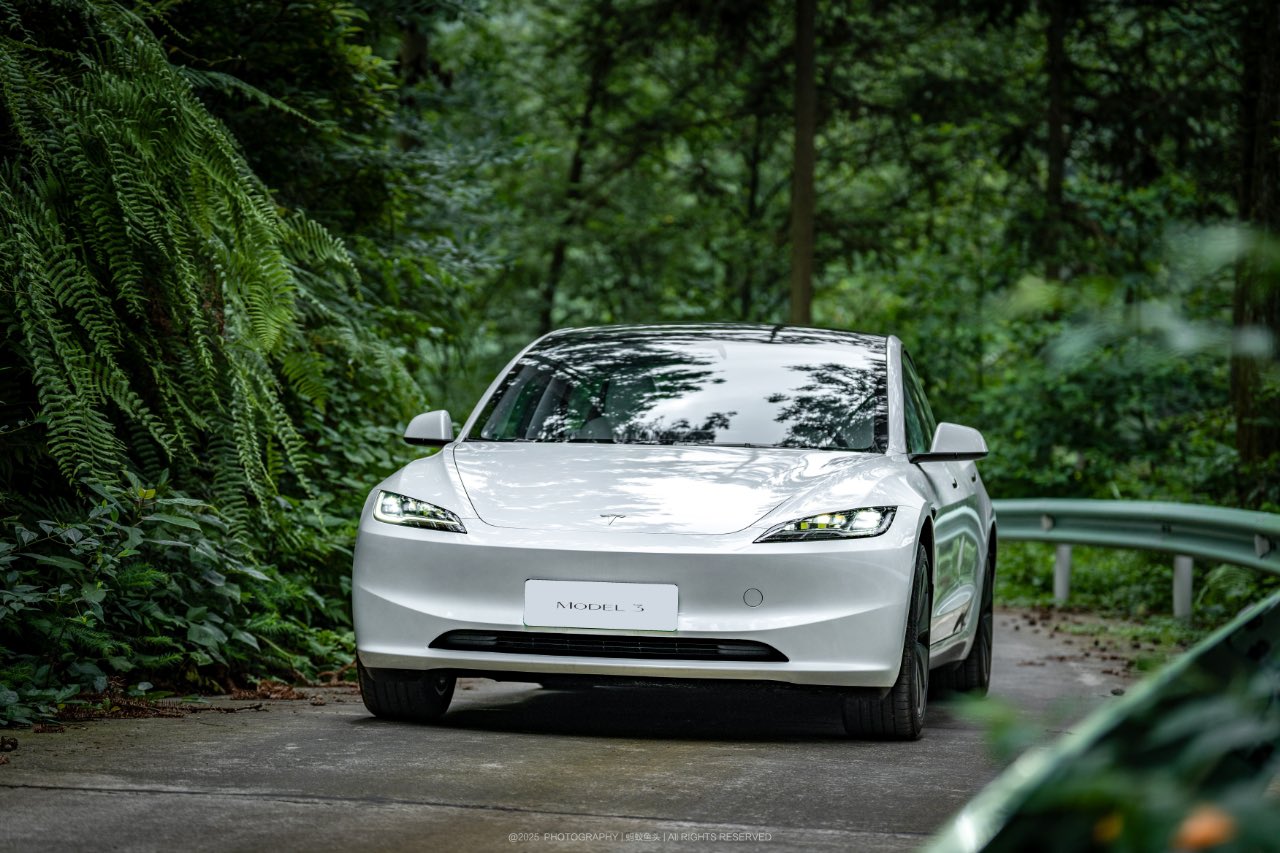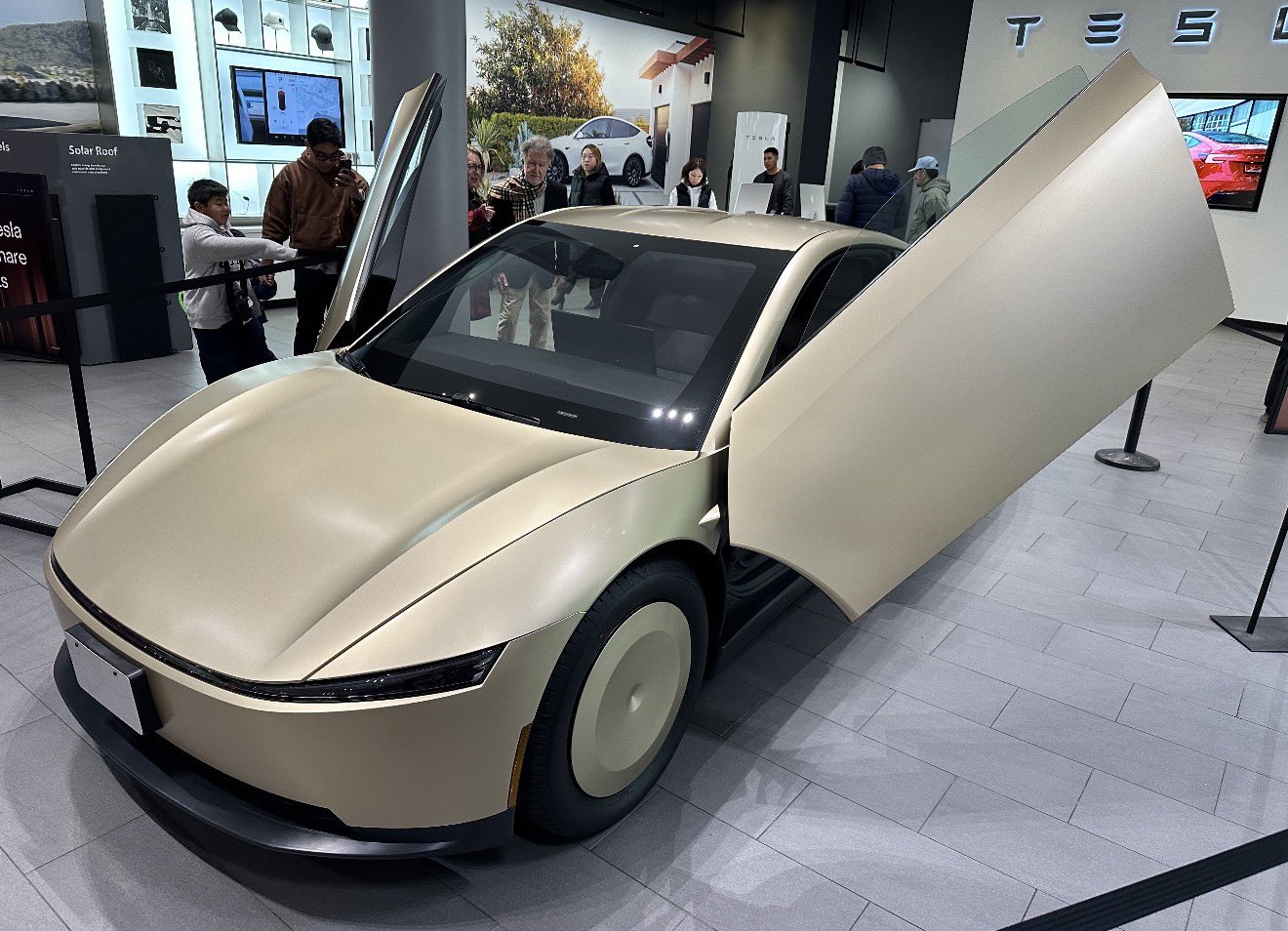News
Musk’s OpenAI will train artificial intelligence through video game ‘Universe’

Elon Musk’s OpenAI will introduce Universe, a virtual training ground aimed at teaching AI to play video games, use apps and even interact with websites. OpenAI, the artificial intelligence research company backed by the Tesla founder and billionaire entrepreneur, defines Universe in a blog post as “a software platform for measuring and training an AI’s general intelligence across the world’s supply of games, websites and other applications.”
Put simply, Universe will provide a gym that allows AI agents to go beyond their specialized knowledge of an individual environment to something approaching common sense. “Any task a human can complete with a computer.” Using a VNC (Virtual Network Computing) remote desktop, it allows the AI to control the game or app using a virtual keyboard and mouse, and to see its output by analyzing the pixels displayed on the screen. It’s essentially an interface to the company’s Gym toolkit for developing reinforcement algorithms, a type of machine learning system.
“Our goal is to develop a single AI agent that can flexibly apply its past experience on Universe environments to quickly master unfamiliar, difficult environments, which would be a major step towards general intelligence,” OpenAI says. As an example, it points to success of Google’s DeepMind AlphaGo initiative, which defeated the world champion human Go player earlier this year. While that success was impressive, when faced with a different challenge, the agent would have to go back to square one and learn the new environment through millions of trial and error steps.
OpenAI hopes to expand the Reward Learning (RL) lessons learned in one environment so that an AI agent can build upon past experience to succeed in unfamiliar environments.
We're releasing Universe, a platform for measuring and training AI agents: https://t.co/bx7OjMDaJK
— OpenAI (@OpenAI) December 5, 2016
OpenAI says in its blog post, “Systems with general problem solving ability — something akin to human common sense, allowing an agent to rapidly solve a new hard task — remain out of reach. One apparent challenge is that our agents don’t carry their experience along with them to new tasks. In a standard training regime, we initialize agents from scratch and let them twitch randomly through tens of millions of trials as they learn to repeat actions that happen to lead to rewarding outcomes. If we are to make progress towards generally intelligent agents, we must allow them to experience a wide repertoire of tasks so they can develop world knowledge and problem solving strategies that can be efficiently reused in a new task.”
Prior to Universe, the largest RL resource consisted of 55 Atari games — the Atari Learning Environment, says The Register. But Universe will begin with the largest library of games and resources ever assembled. “Out of the box, Universe comprises thousands of games (e.g. Flash games, slither.io, Starcraft), browser-based tasks (e.g. form filling), and applications (e.g. fold.it),” the OpenAI blog claims. Gaming companies that are cooperating with OpenAI include Flash, Microsoft – OpenAI announced a strategic partnership with the Redmond-based software giant – EA, Valve, Nvidia, Zachtronics, Wolfram, and others.
Universe is about more than gaming. It’s main focus is on training AI agents to complete common online tasks with speed and accuracy. “Today, our agents are mostly learning to interact with common user interface elements like buttons, lists and sliders, but in the future they could complete complex tasks, such as looking up things they don’t know on the internet, managing your email or calendar, completing Khan Academy lessons, or working on Amazon Mechanical Turk and CrowdFlower tasks.”
The OpenAI blog post introducing Universe gives a long and detailed accounting of how Universe was created and what it hopes to accomplish. At the end, it provides a number of ways that companies and individuals can contribute to the process. It’s fascinating reading for anyone interested in what the future of computing is likely to be.
There is also a darker side to artificial intelligence, which Elon Musk refers to as “summoning the Devil.” As The Register suggests, “While making software smarter may appeal to researchers, society as a whole appears to be increasingly unnerved by the prospect. Beyond the speculative fears about malevolent AI and more realistic concerns about the automation of military weaponry, companies and individuals already have trouble dealing with automated forms of interaction.”
One area of concern is that AI agents may one day be able to reactivate themselves after being shut down by human controllers. What was once the stuff of science fiction such as Minority Report and I, Robot could one day become all too real.
OpenAI Universe has been open-sourced on Github for those that may be interested in testing their own video game bot. We’ve included a video below showing OpenAI in action.

News
Another Tesla Model 3 variant sold out for January 2026 in China
A look at Tesla China’s order page shows that new Model 3 LR RWD orders now have an estimated delivery date of February 2026.

Another Tesla Model 3 variant in China appears to have sold out for January 2026, with the vehicle now showing an estimated delivery date of February 2026 for new orders. This bodes well for the all-electric sedan, which has maintained notable sales despite more affordable rivals like the Xiaomi SU7 and its crossover sibling, the Model Y.
Model 3 LR RWD joins February 2026 queue
A look at Tesla China’s order page for the all-electric sedan shows that new Model 3 Long Range Rear Wheel Drive orders now have an estimated delivery date of February 2026. Priced from RMB 259,500 ($36,810), the LR RWD sits as the second-lowest-priced trim in Tesla China’s four-variant Model 3 lineup. The move follows a similar delivery timeframe for the Model 3 Performance, which remains the most expensive option for the vehicle, as noted in a CNEV Post report.
The estimated delivery dates of the two remaining Model 3 variants remain unchanged for now. The base RWD version, starting at RMB 235,500, and the LR AWD variant, priced from RMB 285,500, both continue to list estimated delivery times of 4-6 weeks. Tesla China, for its part, has continued to list in-stock Model 3 vehicles and is actively encouraging buyers to select inventory units for delivery before the end of the year.
Model Y delays and policy shifts
Delivery timelines for the Model Y in China are also stretching into 2026. All customized Model Y variants now show February 2026 as their estimated delivery date, except for the entry-level version, which still lists January 2026. Tesla has been urging customers since November to prioritize purchasing inventory vehicles, a push aimed at maximizing year-end deliveries.
Timing matters for Chinese buyers due to upcoming changes in government incentives. China’s new energy vehicle purchase tax exemption will be scaled back in 2026, which means customers who take delivery next year could face higher tax costs compared to those who are able to receive vehicles before the end of the year.
As per data from the China Passenger Car Association, Tesla recorded retail sales of 73,145 vehicles in November, down 0.47% year over year. From January through November, Tesla’s retail sales in China totaled 531,855 units, a 7.37% year-over-year drop.
News
Wedbush’s Dan Ives sees ‘monster year’ ahead for Tesla amid AI push
In a post on X, the analyst stated that the electric vehicle maker could hit a $3 trillion market cap by the end of 2026 in a bullish scenario.

Wedbush analyst Dan Ives is doubling down on Tesla’s (NASDAQ:TSLA) long-term upside. In a post on X, the analyst stated that the electric vehicle maker could hit a $3 trillion market cap by the end of 2026 in a bullish scenario, thanks to the company’s efforts to develop and push its artificial intelligence programs.
An aggressive valuation upside
Ives, Wedbush’s global head of tech research, stated in his post that Tesla is entering a pivotal period as its autonomy and robotics ambitions move closer to commercialization. He expects Tesla’s market cap to reach $2 trillion in 2026, representing roughly 33% upside from current levels, with a bull case up to a $3 trillion market cap by year-end.
Overall, Ives noted that 2026 could become a “monster year” for TSLA. “Heading into 2026, this marks a monster year ahead for Tesla/Musk as the autonomous and robotics chapter begins. We believe Tesla hits a $2 trillion market cap in 2026 and in a bull case scenario $3 trillion by end of 2026… as the AI chapter takes hold at TSLA,” the analyst wrote.
Ives also reiterated his “Outperform” rating on TSLA stock, as well as his $600 per share price target.
Unsupervised Full-Self Driving tests
Fueling optimism is Tesla’s recent autonomous vehicle testing in Austin, Texas. Over the weekend, at least two Tesla Model Ys were spotted driving on public roads without a safety monitor or any other occupants. CEO Elon Musk later confirmed the footage of one of the vehicles on X, writing in a post that “testing is underway with no occupant in the car.”
It remains unclear whether the vehicle was supported by chase cars or remote monitoring, and Tesla has not disclosed how many vehicles are involved. That being said, Elon Musk stated a week ago that Tesla would be removing its Safety Monitors from its vehicles “within the next three weeks.” Based on the driverless vehicles’ sightings so far, it appears that Musk’s estimate may be right on the mark, at least for now.
News
Production-ready Tesla Cybercab hits showroom floor in San Jose
Tesla has implemented subtle but significant updates to both the Cybercab’s exterior and interior elements.

Tesla has showcased what appears to be a near-production-ready Cybercab at its Santana Row showroom in San Jose, California, giving visitors the closest look yet at the autonomous two-seater’s refined design.
Based on photos of the near-production-ready vehicle, the electric vehicle maker has implemented subtle but significant updates to both the Cybercab’s exterior and interior elements, making the vehicle look more polished and seemingly more comfortable than its prototypes from last year.
Exterior and interior refinements
The updated Cybercab, whose photos were initially shared by Tesla advocate Nic Cruz Patane, now features a new frameless window design, an extended bottom splitter on the front bumper, and a slightly updated rear hatch. It also includes a production-spec front lightbar with integrated headlights, new wheel covers, and a license plate bracket.
Notably, the vehicle now has two windshield wipers instead of the prototype’s single unit, along with powered door struts, seemingly for smoother opening of its butterfly doors. Inside, the Cybercab now sports what appears to be a redesigned dash and door panels, updated carpet material, and slightly refined seat cushions with new center cupholders. Its legroom seems to have gotten slightly larger as well.
Cybercab sightings
Sightings of the updated Cybercab have been abundant in recent months. At the end of October, the Tesla AI team teased some of the autonomous two-seater’s updates after it showed a photo of the vehicle being driven through an In-N-Out drive-through by employees in Halloween costumes. The photos of the Cybercab were fun, but they were significant, with longtime Tesla watchers noting that the company has a tradition of driving its prototypes through the fast food chain’s drive-throughs.
Even at the time, Tesla enthusiasts noticed that the Cybercab had received some design changes, such as segmented DRLs and headlamps, actual turn signals, and a splitter that’s a lot sharper. Larger door openings, which now seem to have been teasing the vehicle’s updated cabin, were also observed at the time.








